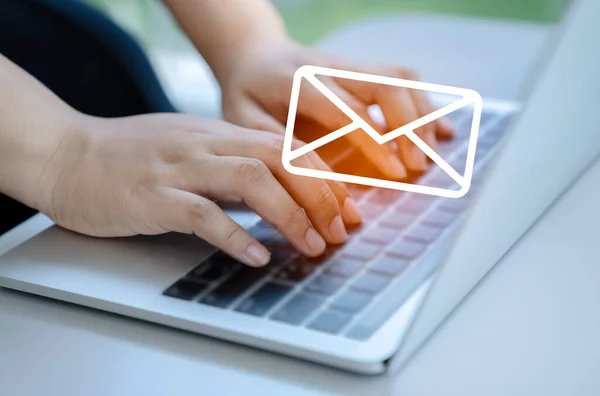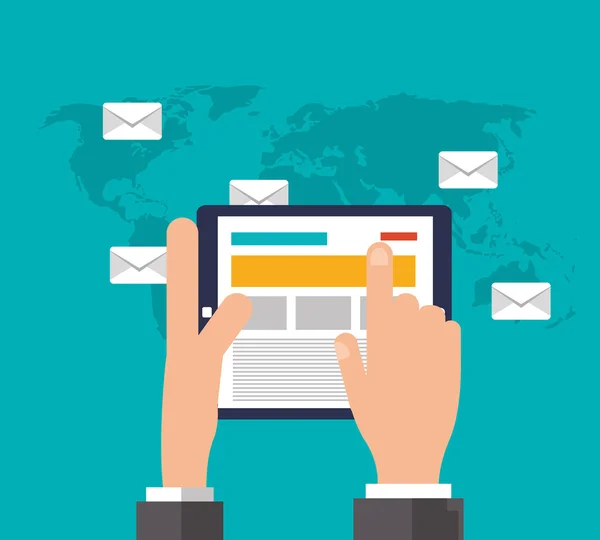Unraveling DMARC: Validate Email Security, Explore And Check DMARC Records
In the ever-evolving landscape of digital communication, unraveling the intricacies of DMARC (Domain-based Message Authentication, Reporting, and Conformance) becomes imperative for fortifying email security. DMARC serves as a vital protocol, amalgamating the strengths of SPF and DKIM to authenticate email senders and shield against unauthorized use of domains.
To delve into the realm of DMARC is to embark on a journey of heightened email security. Exploring DMARC records entails navigating the DNS landscape, interpreting policies, and utilizing specialized analyzers to ensure a robust implementation. This proactive approach not only mitigates phishing risks but also fosters trust in email communication.
As organizations increasingly recognize the pivotal role of DMARC in the digital defense arsenal, unraveling its complexities becomes a fundamental step towards creating a more secure and reliable email environment.
Understanding DMARC: A Brief Overview
What is DMARC?
DMARC, which stands for Domain-based Message Authentication, Reporting, and Conformance, is an email authentication protocol. It builds upon two existing email authentication mechanisms – Sender Policy Framework (SPF) and DomainKeys Identified Mail (DKIM). DMARC provides a framework for domain owners to protect their email domains from unauthorized use, ensuring that only legitimate emails are sent on their behalf. Refer to this webpage for further details on check DMARC record.

How Does DMARC Work?
DMARC works by allowing domain owners to publish policies in their Domain Name System (DNS) records. These policies instruct email receivers on how to handle emails that claim to be from the domain but fail authentication checks. DMARC enables organizations to specify what action should be taken with unauthenticated emails – whether to quarantine them, reject them, or allow them through with a warning.
The Three Pillars of DMARC Implementation
SPF (Sender Policy Framework)
SPF is one of the foundational elements of DMARC. It works by specifying which IP addresses are authorized to send emails on behalf of a particular domain. When an email is received, the recipient's mail server checks the SPF record in the DNS to verify the sender's authenticity. If the sending IP address is not listed in the SPF record, the email fails the SPF check.
DKIM (DomainKeys Identified Mail)
DKIM is another key component of DMARC, focusing on email integrity. It involves adding a digital signature to outgoing emails, which is verified by the recipient's mail server. If the signature is valid, it confirms that the email has not been tampered with during transit. Like SPF, DKIM helps in authenticating the sender's identity and ensuring the integrity of the email content.
Reporting and Conformance
The reporting aspect of DMARC is essential for continuous improvement. DMARC allows domain owners to receive reports from email receivers detailing the results of authentication checks on their emails. These reports provide valuable insights into the sources of unauthorized email and help organizations fine-tune their email authentication policies. Conformance, on the other hand, refers to the strict adherence to the authentication policies set by the domain owner.
The Importance of DMARC in Email Security
- Phishing Mitigation: DMARC significantly reduces the risk of phishing attacks by authenticating email senders, ensuring that only legitimate messages reach recipients.
- Building Trust: By verifying the authenticity of email senders, DMARC builds trust in electronic communication, fostering confidence among recipients in the legitimacy of received messages.
- Enhanced Deliverability: Implementing DMARC positively impacts email deliverability, as authenticated emails are more likely to reach the intended inbox instead of being flagged as spam.
- Protection Against Spoofing: DMARC safeguards against email spoofing by enforcing stringent policies on who can send emails on behalf of a specific domain, preventing unauthorized use.
- Insightful Reporting: DMARC provides detailed reports on email authentication, allowing organizations to gain insights into potential threats and continuously refine their email security measures.
- Reduced Business Risks: As a robust email authentication protocol, DMARC reduces the risk of business email compromise, safeguarding sensitive information and preserving the integrity of corporate communications.

Checking DMARC Records: A Practical Guide
Accessing the DNS Records
To check DMARC records, start by accessing the DNS records for the domain in question. DMARC records are published in the DNS and can be retrieved using DNS lookup tools or commands. Look for the TXT record associated with "_dmarc.yourdomain.com" to find the DMARC policy.
Interpreting DMARC Policies
DMARC policies are defined through tags within the DNS TXT record. Key tags include "v" for the protocol version, "p" for the policy action, and "rua" for the email address where aggregate reports are sent. Understanding these tags allows you to interpret the domain's DMARC policies and assess its email security posture.
Utilizing DMARC Analyzers
Several online tools and services offer DMARC analyzers that simplify the process of checking DMARC records. These tools provide detailed reports on a domain's DMARC implementation, highlighting any issues or vulnerabilities that may need attention. Leveraging these analyzers can expedite the evaluation of DMARC records.
Challenges and Future Trends in DMARC Implementation
Complexity of Implementation
While DMARC is a powerful tool, its implementation can be complex, particularly for organizations with diverse email infrastructures. Achieving DMARC conformance requires careful configuration and ongoing monitoring, presenting a challenge for some entities.
Rise of Advanced Threats
As cyber threats continue to evolve, there is a need for continuous improvement in email security. DMARC alone may not be sufficient to address all advanced threats, necessitating a holistic approach that combines multiple layers of security measures.
Industry Collaboration for Standardization
To further strengthen email security, there is a growing emphasis on industry collaboration for standardization. Efforts to establish common practices and guidelines can enhance the effectiveness of DMARC and other email authentication protocols.

